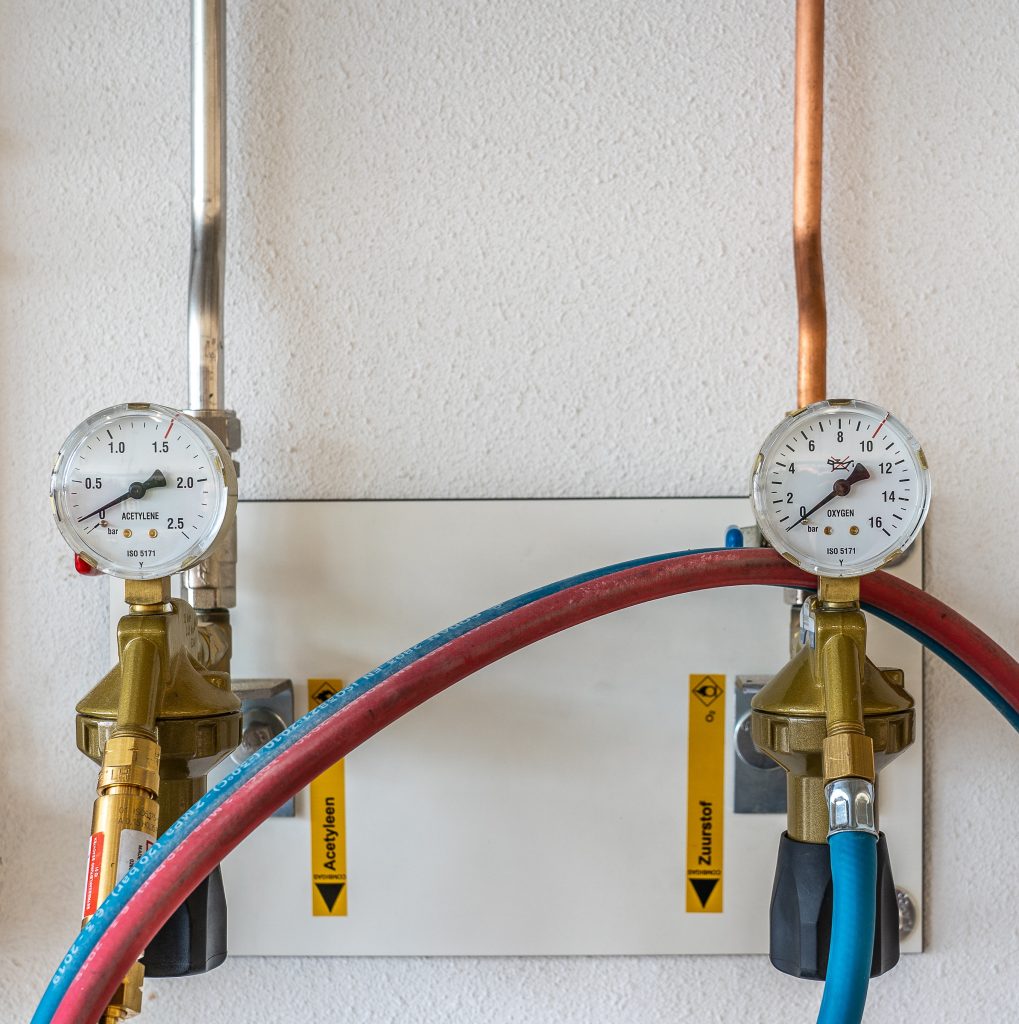Don't miss our holiday offer - 20% OFF!

Read also : Utilizing IoT in Flood Monitoring and Early Warning Systems
Fuel tank monitoring systems have become one of the most critical components in the transportation, mining, and energy supply industries. Good fuel quality and efficient management are key aspects in maintaining engine performance, reducing environmental impact, and enhancing operational safety. In this article, we will explore sensing fuel quality technology and how its use unveils the mystery behind improving efficiency and safety in fuel tank monitoring.
Contents
How Fuel Quality Sensors Work
Fuel quality sensors are sophisticated devices designed to provide in-depth insights into the quality of fuel inside tanks. They can measure various quality parameters, including water content, contaminants, temperature, and more. Here’s how sensing fuel quality commonly operate:
Measuring Water Content

Read also : Optimizing Energy and Resource Usage in the Office Environment with Smart Technology
These sensors use technologies like capacitance or resistance measurements to detect water content in fuel. High moisture content in fuel can lead to corrosion and disrupt engine performance.
Detecting Contaminants

Sensors can be equipped with detectors capable of identifying contaminants like solid particles or hazardous chemicals in fuel. This helps prevent damage to engine components.
Monitoring Temperature

Read also : Monitoring Navigasi Buoy Laut dengan fluxTrack
Temperature sensors are employed to monitor the temperature of fuel inside tanks. High or low temperatures can alter fuel characteristics, affecting combustion efficiency.
Monitoring Chemical Content

Read also : Gas Sensors : Monitor the Health and Safety of Electric Motors
Some sensors can detect specific chemical content in fuel, which can influence fuel quality and performance.
Benefits of Fuel Quality Sensors
The use of these sensors in fuel tank monitoring offers several significant benefits, including:
Improved Efficiency

Read also : Exploring Electric Current Sensors: Key to Efficient Electric Motor Health Monitoring
With a better understanding of fuel quality, vehicle or equipment operations can be optimized to enhance combustion efficiency.
Reduced Environmental Impact

Read also : Environmentally Friendly Hospitals: Optimizing Energy Management with IoT
By monitoring and controlling fuel quality, hazardous emissions can be reduced, contributing to environmental protection.
Operational Safety

Read also : Revitalisasi Pertanian Perkotaan melalui Konsep Smart Hydrofarming
These sensors help prevent engine damage caused by unsuitable or contaminated fuel.
Conclusion
Fuel quality sensors have opened the door to smarter and more sophisticated fuel tank monitoring. With a deeper understanding of the fuel quality within tanks, organizations can improve operational efficiency, reduce environmental impact, and enhance safety. With this technology, we can unveil the mystery behind the increased efficiency and safety in the world of fuel tank monitoring, providing significant benefits to both industries and the environment.





